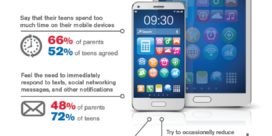VHS Learning Supports Students’ College and Career Readiness via Expanded Catalog and New “Exploring College & Careers” Infographic
Boston – April 14, 2022 – Giving students the chance to explore subjects beyond those in a standard core high ... Read more









